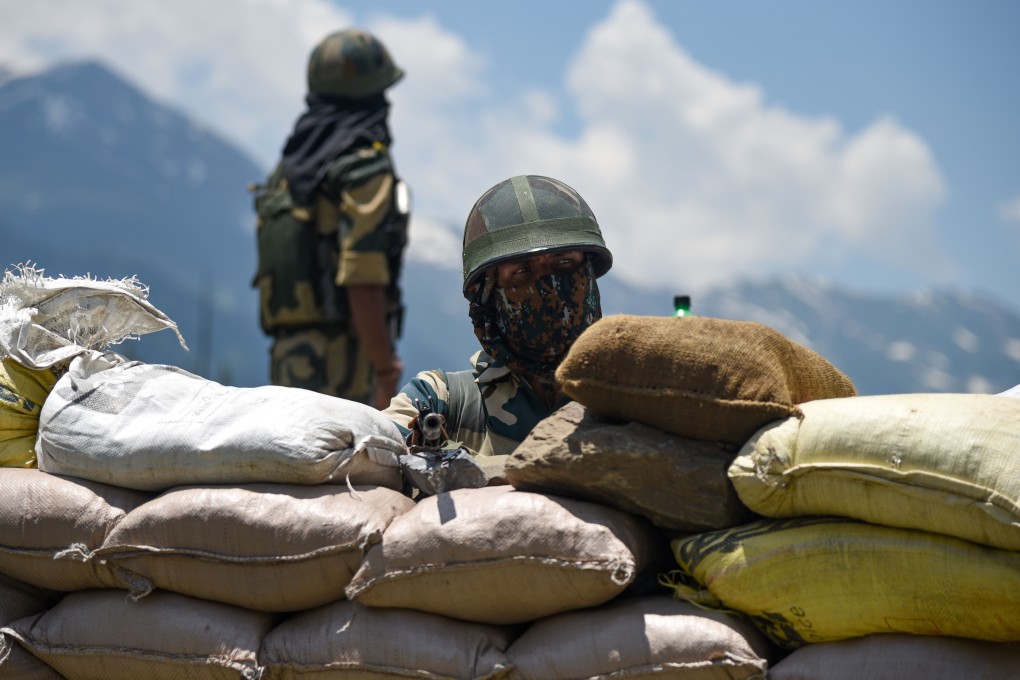Advertisement
Analysis | China and India: how many soldiers must die before they get a border?
- The Galwan Valley incident shows that soldiers continue to be used as cannon fodder to make up for a decades-old political failure
- The two countries’ refusal to draw a line on the ground gives the lie to their grand declarations of peace
Reading Time:9 minutes
Why you can trust SCMP

It was only last Saturday that India’s army chief sought to assure everyone that the “entire situation along our borders with China is under control”. As grisly details emerge on the bloody free-for-all in Ladakh, it is now amply clear that the “border” has been anything but. Not least because there is no “border” between China and India, which leads to the situation the two find themselves in today.
Advertisement
From the reports we have so far, 20 Indian soldiers died at the hands of Chinese troops in the Galwan Valley area of Ladakh, 14,000 feet above sea level. Literally at the hands of Chinese soldiers, as there was no exchange of fire, in keeping with the border management protocol. They were said to have been clubbed to death during hand-to-hand combat on a ridge, where Indian and Chinese soldiers fought a pitched battle, causing many to fall onto the rocks and into the freezing Galwan river below and die of concussion and hypothermia. Seventy-six other Indian soldiers were injured while 10 were taken prisoner and released on Thursday. These included a lieutenant colonel and three majors. Unconfirmed reports from an Indian agency say there were substantial Chinese casualties as well, but Beijing had made no official announcement of any Chinese toll at the time of going to press. Citing a source close to the People’s Liberation Army, the South China Morning Post reported that Beijing was “very sensitive” about military casualties and that the numbers had to be approved by President Xi Jinping before being released.

The confrontation followed weeks of reports in the Indian media on Chinese troop movements into Indian areas in Ladakh and elsewhere. After initially dismissing the reports as alarmist, the Indian authorities began talks with their Chinese counterparts to defuse the situation. Plans to “disengage” were announced, before the sudden bust-up erupted, bringing to a climax a period of heightened tension between ground forces.
The deaths have revived the spectre of all-out China-India hostilities as a carefully calibrated detente between the two countries that went to war in 1962 now seems to be coming undone.
Advertisement
In India, public pressure has been mounting on Prime Minister Narendra Modi’s government to reverse the process of incremental economic interdependence that has been the cornerstone of China-India relations. There is no telling what the reaction will be in China if and when its government decides to share with the public the details of Chinese losses, if any. The state-controlled Chinese media’s reaction has been muted so far, playing down the incident, a sign that Beijing is not looking to whip up public anger and escalate the crisis.

02:13
India and China attempt to de-escalate border tension after deaths
India and China attempt to de-escalate border tension after deaths

Advertisement